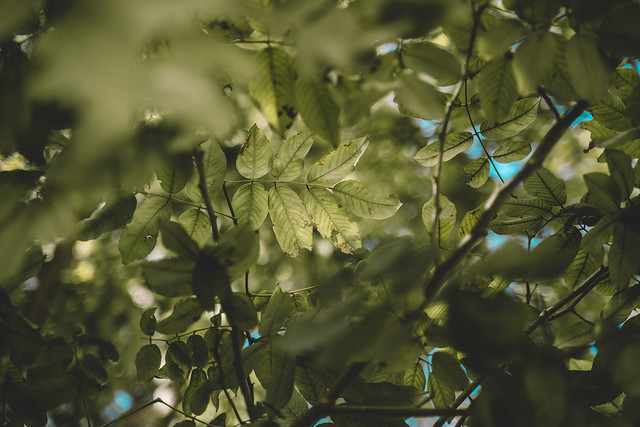Victoria Abella/Staff Writer
With FIU right on Biscayne Bay, students interested in marine biology are given a unique opportunity to research at the University’s Marine Macroalgae Research Laboratory.
“Biscayne Bay is one of the jewels of marine parks in the nation,” said FIU phycologist Ligia Collado-Vides, who has been running the lab for 10 years.
The lab provides undergraduate and graduate students with the opportunity to explore ecological questions and dive into macroalgae projects.
“We have been running this monitoring program for more than 10 years already. What’s beautiful about this monitoring program is that it’s absolutely been, under my supervision and coordination, done by undergraduate students that have been in my lab,” said Collado-Vides.
Overarching are three to four big “umbrella” projects. Some of them include the contribution of calcareous green algae to the production of sand in Florida Bay, the role of macroalgae on coral reefs in the Florida Keys and the interaction between invertebrates and macroalgae.
“Several undergrads have been working with the anadyomene algal bloom that has affected the north central area of Biscayne Bay. That is a very interesting project,” said Collado-Vides.
Once the students have designed the survey and experimented under Collado-Vides, they advance to their next step of field work, always working in groups. With knowing how to swim mandatory for lab participation, kayaking or diving may be involved in the students’ research. Quadrats, bags and cameras are also essential for field work.
“When we have another experiment that is going to be incorporation of nutrients or growth rate, we do that in the lab…My lab is low tech, the molecular analysis is really ecology so we don’t have big machines,” said Collado-Vides.
Tools used at the lab include microscopes, computers for entering data and statistics, and a drying oven. Collado-Vides also collaborates with external labs, such as those that measure nutrient content.
“…my students actually need to know how to prepare the samples and then send them to the labs that are running them,” she said.
Participation in the lab is open to different students, and the only requirement to join is to commit for a year and engage in a minimum of eight hours per week. Students include pre-med majors trying to get involved in research projects and gain a competitive edge, as well as marine biology majors. They may either experiment with their own project or get involved in an existing or assigned project.
Some pre-med and vet students have committed so much that they’ve switched from their previous majors to marine biology. Overall, students are encouraged to share their results at the end of their projects.
“All of them present in, we have in the southeast, Phycological Society of America that is really student friendly. I really make an effort to have them present their results in different avenues, so that makes them think in little projects and then some of those little projects might be part of the bigger projects like the grad student dissertation,” said Collado-Vides.
Students who want to join the lab must be organized and independent. By working with primary producers – algae – students can expect to learn about regional and global problems related to marine environment, according to Collado-Vides.
Featured photo by FIU Flickr.






Be the first to comment on "Marine Macroalgae Research Lab dives into ecological issues"